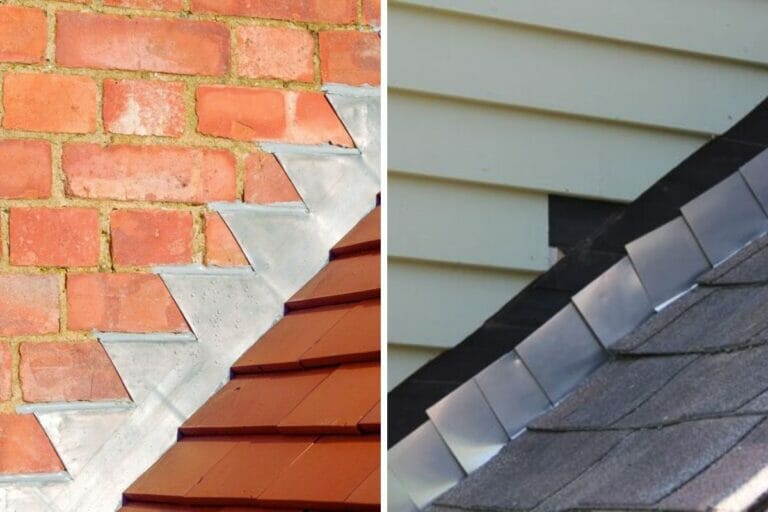The Vital Role of Roof Flashing Repair in Protecting Your Home

Roof flashing, a silent guardian against leaks, is a vital component of your roofing system. However, over time, exposure to harsh weather conditions can lead to wear and tear, potentially compromising its effectiveness. Understanding how to address roof flashing repairs can save you from the headache of water damage and costly fixes down the road.
Signs of Damage: Keep an eye out for signs that your roof flashing might need attention. These include water stains on your ceilings or walls, peeling paint, or visible rust and corrosion on the flashing itself. If you notice any of these indicators, it's time to take action.
DIY vs. Professional Help: For minor flashing issues, a DIY approach can work. Start by cleaning debris around the flashing area and removing any old caulk. Apply a fresh layer of waterproof caulk to seal any gaps. However, for extensive damage or if you're not comfortable working on your roof, it's best to call a professional roofer. They have the expertise to assess the situation and perform repairs effectively.
Repair Steps:
- Assessment: Carefully examine the flashing for signs of damage. Check the seals around chimneys, skylights, vents, and valleys. Look for gaps, cracks, or areas where the flashing has come loose.
- Materials: Gather the necessary tools such as caulk, roofing cement, a putty knife, and replacement flashing materials if required.
- Cleaning: Clean the flashing area and remove any dirt, debris, or old caulk. A clean surface ensures a proper bond for the new materials.
- Sealing: Apply roofing cement or a high-quality waterproof caulk to seal gaps and cracks in the flashing. Make sure to press the caulk firmly into the crevices.
- Replacement: If the flashing is severely damaged, it might need to be replaced. Carefully remove the old flashing, clean the area, and install the new flashing according to manufacturer instructions.
- Securement: Properly secure the flashing to the roof using roofing nails or screws. Make sure it lays flat and snug against the roofing material.
- Testing: After completing the repair, it's a good idea to simulate rain using a hose and check for any signs of leakage. This step ensures that the repair was successful.
Regular Maintenance: Prevention is key. Regularly inspect your roof and flashing for any signs of wear, especially after storms. Clear away debris and ensure that the flashing is properly sealed. This proactive approach can help you catch potential issues before they escalate.
Conclusion
Quick action is crucial during an emergency roof flashing repair to protect your home from water damage. By implementing these 10 fast fixes, you can temporarily address roof flashing issues and keep yourself dry and secure until permanent repairs can be made. However, for significant or long-term flashing repairs, contacting professionals like the team at Renova Roofing & Construction is highly recommended. With our expertise and experience in roofing services, we can provide professional assistance and ensure the integrity and longevity of your roof. Whether it’s roof flashing repairs, replacement, or any other roofing needs, Renova Roofing & Construction offers reliable and quality services to safeguard your home. Act now to secure your property and ensure peace of mind during stormy weather. Contact us at 601-647-3433 for expert assistance with your roofing needs.
You can also read our other blogs to learn more about roofing:
5 TYPES OF METAL ROOF INSULATION OPTIONS EXPLORED IN DETAIL
9 REASONS WHY GARAGE ROOF INSULATION IS A GOOD INVESTMENT FOR YOU
HOW OFTEN DOES A ROOF DECK NEED TO BE REPLACED?
6 MINUTES GUIDE TO WHY YOUR ROOF DECKING MATERIAL CHOICE MATTERS
Check out our business listings:
https://www.freelistingusa.com/listings/renova-roofing-construction-3https://seller.trepup.com/sc/ts/overview/33DD485B0E880928402https://www.whatsyourhours.com/mississippi/ridgeland-ms/business-services/renova-roofing-construction
